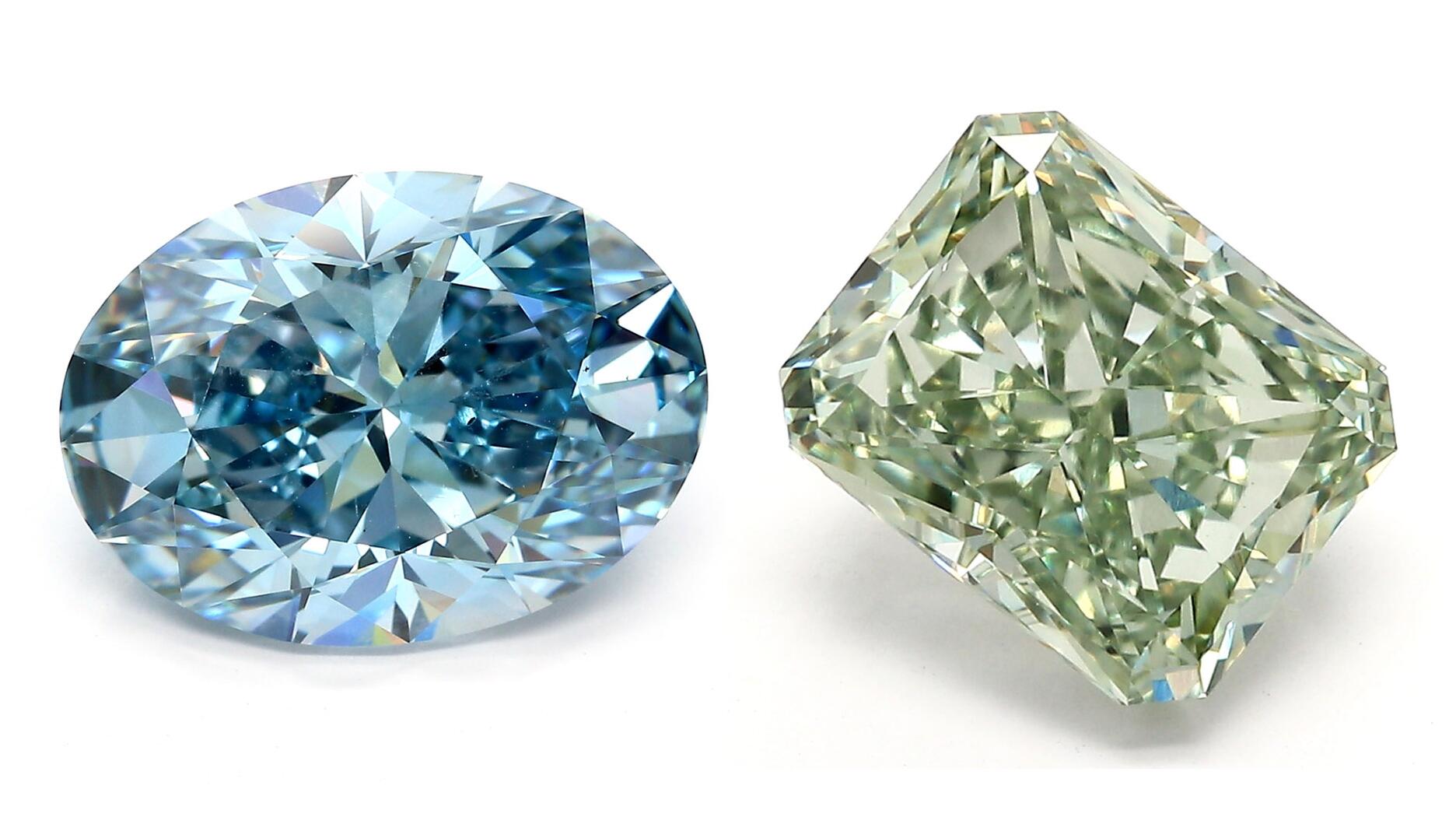To put it simply, Computer-Generated Imagery (CGI) is the use of programs to create still or animated images. Commonly, the term CGI refers to 3D computer graphics that create characters, scenes and special effects in movies, TV and video games.
In spite of the fact that I thought most people today knew what CGI was, Google data shows that the opposite is true. Approximately 8,000 Americans seek answers to this question every month. In order to better understand CGI, we should dig into its history and explain how it works, so that more people can appreciate this relatively new form of art.
Table of Contents
CGI: What is It?
Computer-Generated Imaging (CGI) is the process of creating visual material from stills or animations using software. Generally, CGI refers to 3D computer graphics used for creating characters, scenes, and special effects in television, cinema, and video games. In addition to using the technology for advertising, engineering, virtual reality, and even art, it is also used in many other industries.
Nowadays, CGI has become a popular alternative to the use of elaborate miniatures, hiring extras, and making the visuals when it is simply not feasible to do so.
Different methods are used to create CGI Backgrounds. Fractal patterns can be created using algorithms. You can also create vector shapes using 2D pixel editors.
Using 3D graphics software, you can create everything from simple primitive shapes to complex geometric shapes. In 3D software, light can even be simulated on a surface and particle effects can be generated.
A technique called compositing is used to layer computer-generated imagery onto digital film footage. This is where CGI gets really exciting. As a result of this technique, the term green screen seems to have become more familiar.
CGI’s History
A chronology of CGI use in film and television can be read here. As for the rest of you, I have pulled out what I consider to be the most notable milestones in the development of CGI.
Computer generated imagery has its origins in the 1950’s, when mechanical computers were repurposed to create patterns on animation cells used in feature films. Vertigo (1958) was the first film to use computer generated imagery.
Fred Parke and Edwin Catmull introduced 3D computer graphics to the world with A Computer Animated Hand in 1972. While Alfred might have gotten out of the gates early with some 2D tricks, it wasn’t until 1972 that Fred created a computer-animated short film featuring 3D animation. Edwin Catmull created this feat by drawing 350 triangles and polygons on his hand, which were digitized and animated using an actual 3D animation program he wrote.
Organizational Structure and Roles of CGI
CGI creation is a long, complicated and technical process. We have large and diverse teams, so there are opportunities for people of all types, from hard-core coders to talented illustrators and non-artists who are good at team management. To help you understand where you fit best, I’ve listed below some of the most common creative and technical roles involved in producing visual effects.
The Department of Art
A director’s vision and a script are translated into visuals by the Art Department, which can be shared with the entire team to gain a deeper understanding of both the creative challenges and the technical challenges ahead. Illustrations and storyboards created by concept artists give a sense of what the final shot will look like.
Pre-viz
Creating the first three-dimensional simulation of a visual effects shot is the responsibility of pre-visualisation artists. By creating low-quality versions of the action sequences using artwork and 3D models, they allow the Director to plan camera placement and creative and technical requirements.
Department of Assets
It is sometimes required for visual effects to match objects in the real world with virtual assets, or to create new objects that are either not available or too expensive to construct in the real world. A model is usually made by a modeler, a texture painter, a shader developer, or a rigger.







